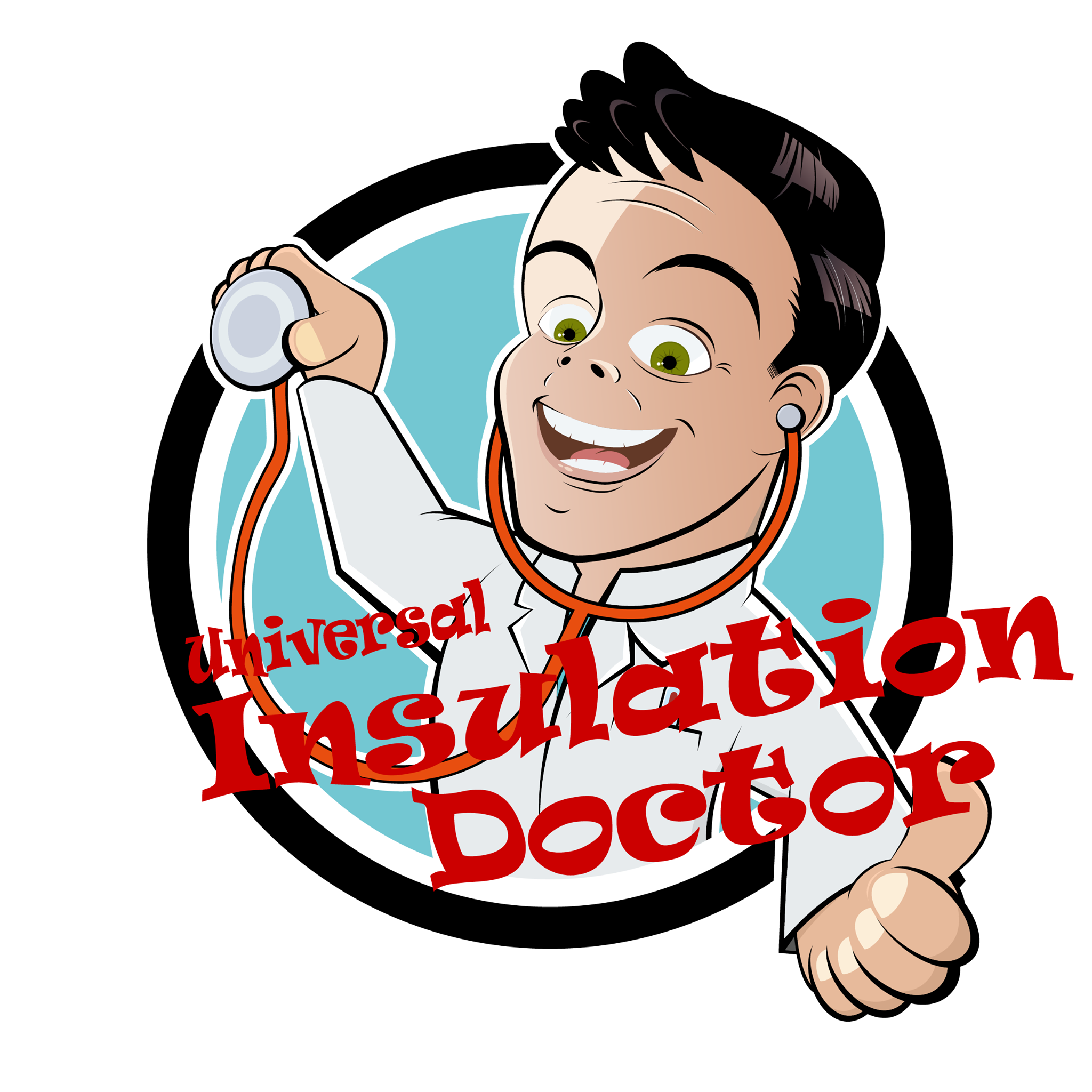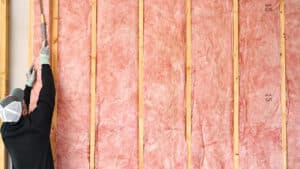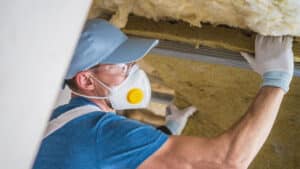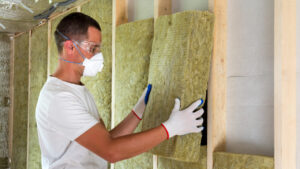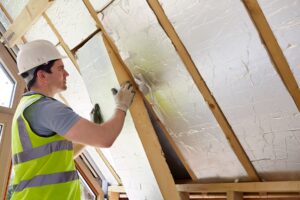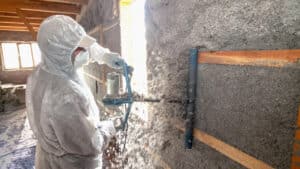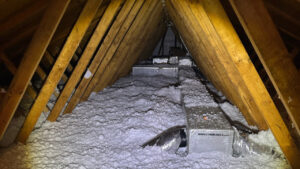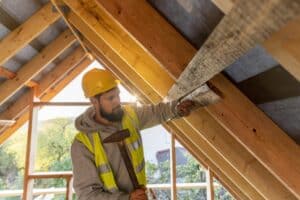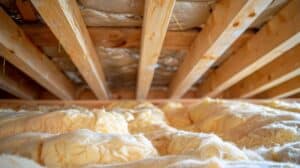Old attic insulation might be hiding more than just dust—it can pose serious health risks that often go unnoticed. From allergens and mold spores to toxic fibers, aging insulation materials can impact indoor air quality and put your household’s well-being at risk.
Knowing the dangers of outdated insulation can help you protect your home and loved ones. Learn how to identify potential problems and take action to ensure a safe living environment.
Types of Hazardous Insulation
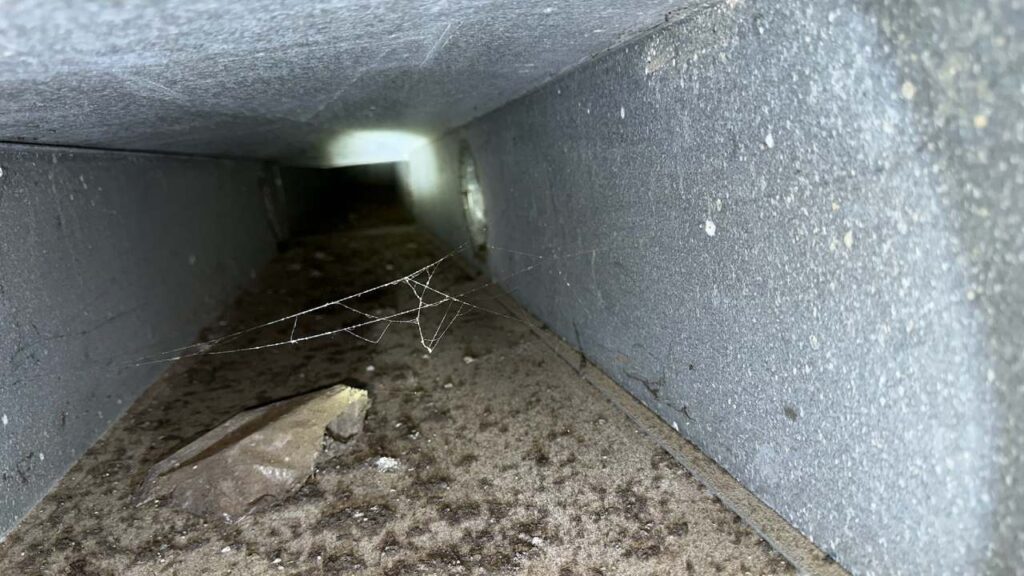
The following materials can release harmful particulates into the air, potentially causing respiratory issues and, in some cases, increasing cancer risk. Understanding these insulation types is crucial for homeowners to ensure a safe living environment.
Asbestos
Asbestos, once widely used for its heat-resistant properties, poses significant health risks when disturbed. This fibrous mineral can release microscopic particles into the air, which, when inhaled, can lead to serious respiratory issues and even mesothelioma, a rare form of cancer.
In older homes, asbestos-containing insulation may become friable over time, increasing the risk of exposure. Homeowners should be especially cautious if their attic insulation appears dusty or damaged, as these conditions can exacerbate the release of asbestos fibers.
- Asbestos fibers can become airborne when disturbed
- Inhalation of asbestos particles can cause severe health problems
- Older homes are more likely to contain asbestos insulation
- Professional inspection and removal are crucial for safety
Formaldehyde
Formaldehyde, commonly found in foam insulation and glass wool products, poses significant health risks in attics. This volatile organic compound can off-gas over time, leading to indoor air quality issues. Exposure to formaldehyde may cause respiratory problems, skin irritation, and exacerbate conditions like asthma.
In poorly ventilated crawl spaces, formaldehyde levels can increase, especially when combined with high temperatures and humidity, potentially fostering indoor mold growth. Homeowners should be aware of these risks when dealing with older insulation materials:
- Formaldehyde off-gassing from insulation can persist for years
- High temperatures in attics can accelerate formaldehyde release
- Proper ventilation is crucial to mitigate formaldehyde exposure
- Consider replacing old foam or glass wool insulation with safer alternatives
Fiberglass
Fiberglass insulation, while common in attics, can pose health risks when deteriorated or disturbed. Over time, fiberglass particles may become airborne, potentially causing lung irritation and respiratory issues. In crawl spaces and attics with water damage, fiberglass can harbor mold and bacteria, contributing to indoor air pollution. Effective insulation removal is crucial in addressing these concerns.
Additionally, rodent infestations in old fiberglass insulation can introduce harmful contaminants, further compromising air quality and necessitating professional removal and replacement.
Vermiculite
Vermiculite insulation, once popular for its energy-efficient properties, poses significant health risks due to potential asbestos contamination. When disturbed, vermiculite fibers can become airborne, leading to skin irritation and lung problems, including lung cancer.
While not all vermiculite contains asbestos, homes with this type of insulation should be professionally assessed to ensure safety and optimal central heating performance.
Urea-Formaldehyde Foam Insulation (UFFI)
Urea-Formaldehyde Foam Insulation (UFFI) presents significant risks to indoor air quality and human health. This type of insulation can release formaldehyde gas over time, potentially contaminating living spaces and exacerbating respiratory issues like asthma and allergies.
In attics with poor ventilation, UFFI can also trap moisture, leading to mold growth and potential plumbing issues. Homeowners with UFFI should consider professional removal to safeguard their health and property:
- UFFI releases harmful formaldehyde gas
- Poor ventilation increases health risks
- Moisture retention can lead to mold growth
- Professional removal is recommended for safety
Health Risks Associated with Old Insulation
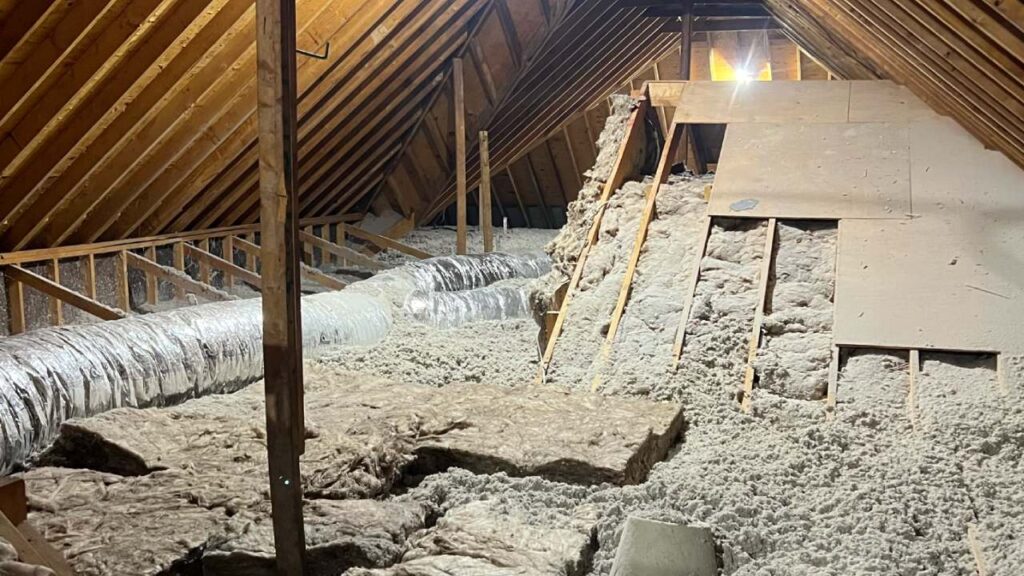
Old attic insulation poses significant health risks, including respiratory issues from mold growth and off-gassing. Moisture accumulation can lead to pest infestations, with rats potentially nesting in paper-backed insulation.
Deteriorating materials, including spray foam and fiberglass containing iron, may release harmful particles. These issues can compromise indoor air quality and occupant health, necessitating professional inspection and potential replacement.
Respiratory Issues
Old attic insulation can release harmful particles and toxins that affect the respiratory system. As insulation deteriorates, it can shed fibers and dust into the air, which may settle on ceilings and other surfaces throughout the home.
This contamination can lead to respiratory issues, especially in older construction where hazardous materials like asbestos or lead paint might be present. Prolonged exposure to these airborne particles can irritate the lungs and exacerbate existing respiratory conditions:
| Insulation Type | Potential Contaminants | Health Effects |
|---|---|---|
| Fiberglass | Glass fibers, dust | Skin irritation, respiratory irritation |
| Asbestos | Asbestos fibers | Lung cancer, mesothelioma |
| Cellulose | Mold spores, dust | Allergic reactions, asthma exacerbation |
Mold Growth
Old attic insulation can create an ideal environment for mold growth, especially in areas with poor ventilation and high humidity. The presence of mold not only compromises indoor air quality but also poses significant health risks to occupants.
Mold spores can trigger allergic reactions, exacerbate asthma symptoms, and cause respiratory issues. Proper ventilation and regular inspections are crucial for maintaining occupational safety and health in homes with older insulation:
- Inspect attic insulation regularly for signs of moisture or mold
- Improve ventilation to reduce humidity and prevent mold growth
- Consider replacing old insulation materials, especially if glass or natural gas-based
- Address any leaks or water damage promptly to prevent mold formation
- Consult professionals to assess insulation toxicity and potential health risks
Pest Infestations
Old attic insulation can harbor pest infestations, creating health risks throughout the home. Rodents and insects may nest in deteriorating insulation, contaminating living spaces with bacteria and potentially introducing carbon monoxide from gnawed gas lines.
These pests can compromise the integrity of walls and floors, leading to structural issues and reduced energy efficiency in the attic space.
Off-Gassing
Off-gassing from old attic insulation poses significant health risks, particularly when the HVAC system circulates contaminated air throughout the home. Volatile organic compounds (VOCs) released from deteriorating insulation materials, including asbestos fibers, can enter living spaces through ductwork and vents.
This process may exacerbate respiratory issues and contribute to poor indoor air quality, affecting not only attic spaces but also crawl space insulation. Homeowners should be aware that off-gassing can mimic the effects of smoke, causing eye and throat irritation, and may require professional intervention to ensure a safe living environment.
Signs That Your Insulation Needs Attention
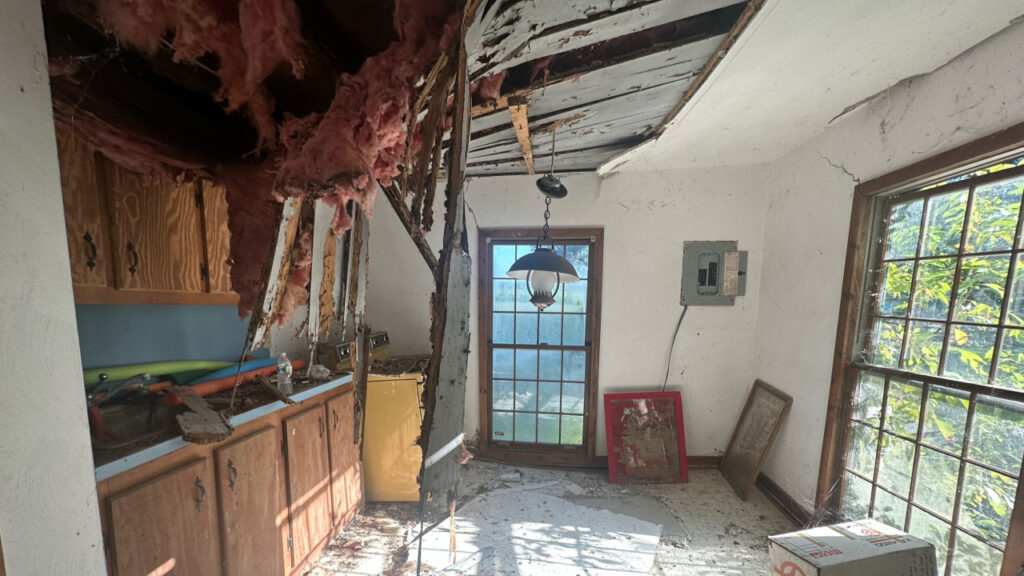
Homeowners should be aware of potential carcinogens in old attic insulation, particularly in homes built before modern manufacturing regulations. Clay-based insulation materials used in older constructions may contain harmful substances that pose health risks when disturbed or deteriorated.
Visible damage, such as torn or sagging insulation, can indicate a need for immediate attention. These issues may expose occupants to dangerous particles, potentially causing injury or long-term health problems if left unaddressed.
Unexplained respiratory issues among household members, similar to those experienced by patients with environmental sensitivities, could signal problems with old attic insulation. Persistent symptoms may warrant a professional inspection to identify and mitigate potential health hazards.
Universal Insulation Doctor’s Professional Insulation Services
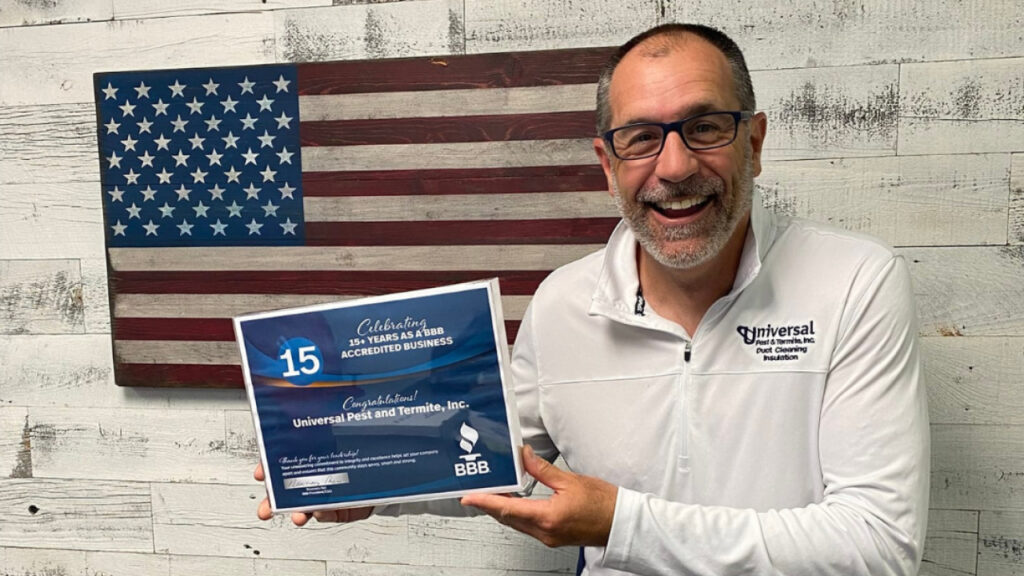
At Universal Insulation Doctor, we know that old attic insulation can be a hidden health risk in your home. Our team specializes in safely removing outdated, hazardous attic insulation and replacing it with safe, energy-efficient alternatives.
Serving Chesapeake and surrounding areas for over ten years, we are proud to have an A+ rating from the Better Business Bureau, reflecting our commitment to quality and customer satisfaction.
Whether it’s asbestos, mold, or general wear, we’re equipped to handle every insulation concern safely and professionally.
Contact Universal Insulation Doctor today at 757-962-0340 to schedule your inspection and ensure a healthier home environment.
Frequently Asked Questions
How can I identify if my attic insulation contains asbestos or formaldehyde?
To identify asbestos or formaldehyde in attic insulation, consider its age and type. Insulation installed before the 1980s may contain asbestos, often in vermiculite form. Formaldehyde is common in older foam insulation, which can give off a strong chemical odor. Since these toxins can be harmful, it’s best to have a professional test for both to confirm their presence safely.
What are the symptoms of exposure to mold in attic insulation?
Exposure to mold in attic insulation can cause symptoms like coughing, sneezing, itchy eyes, and skin irritation. Those with asthma may experience worsened breathing issues, and prolonged exposure can lead to headaches and fatigue. If you notice a musty odor or dark spots in the insulation, it may be a sign of mold growth.
How often should I inspect my attic insulation for health hazards?
Inspecting your attic insulation once a year is generally recommended, especially during spring or fall. Look for signs of mold, moisture, or damage, as these can create health risks. In older homes, consider more frequent inspections to ensure insulation is safe and intact.
Are there any safe alternatives to old insulation materials?
Yes, safe insulation alternatives include cellulose, cotton, mineral wool, and spray foam. These options are generally free from asbestos, formaldehyde, and other harmful chemicals. Consult a professional to choose the best option based on safety, efficiency, and environmental impact. For more information on the best insulation practices and options, refer to this types of insulation and which works best.
What steps should I take if I find mold in my attic insulation?
If you find mold, avoid direct contact and consider contacting a mold removal specialist. Professionals can safely remove contaminated insulation and address the source of moisture. Once clean, install new, mold-resistant insulation to help prevent future issues. Regular attic checks will help keep mold at bay.
